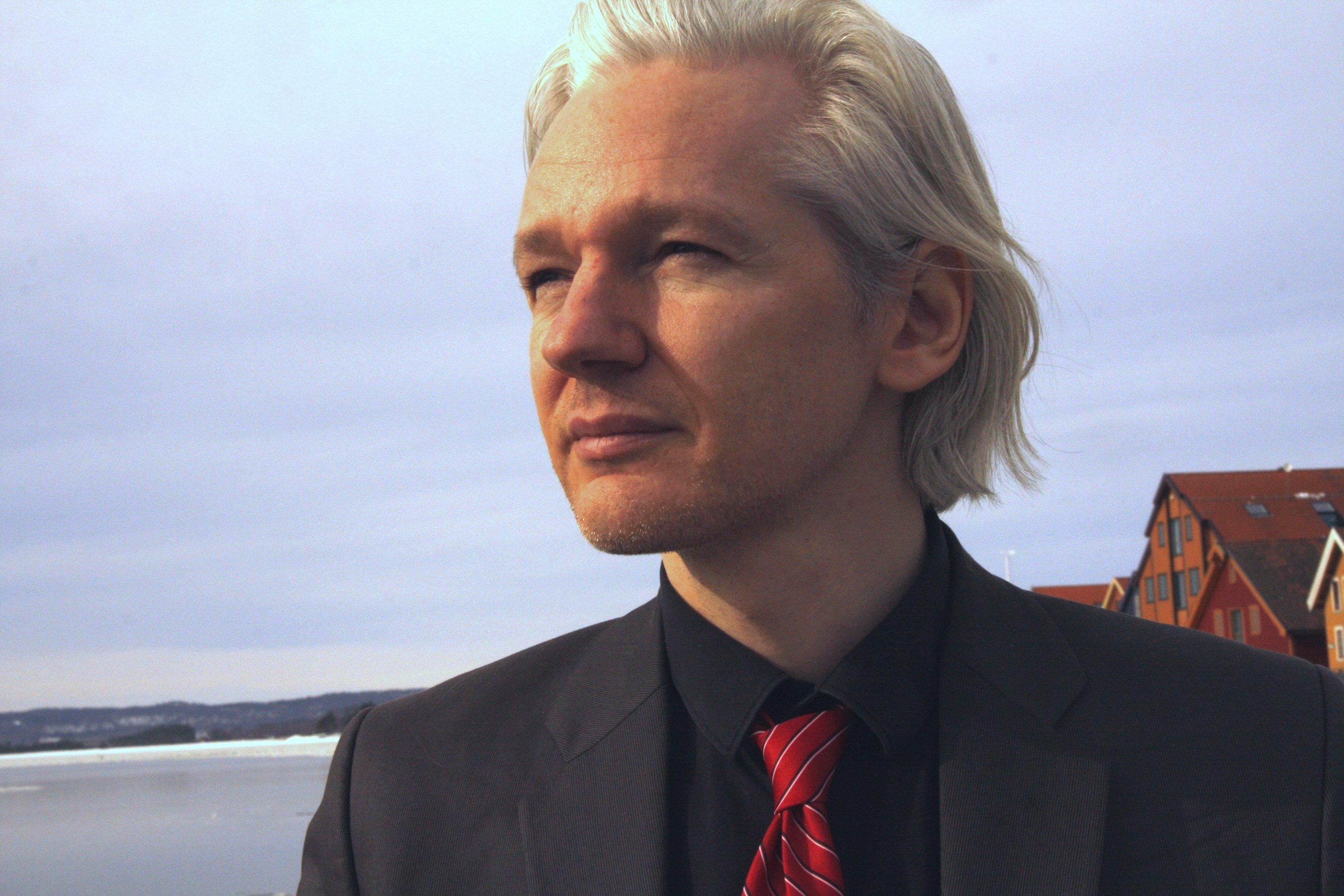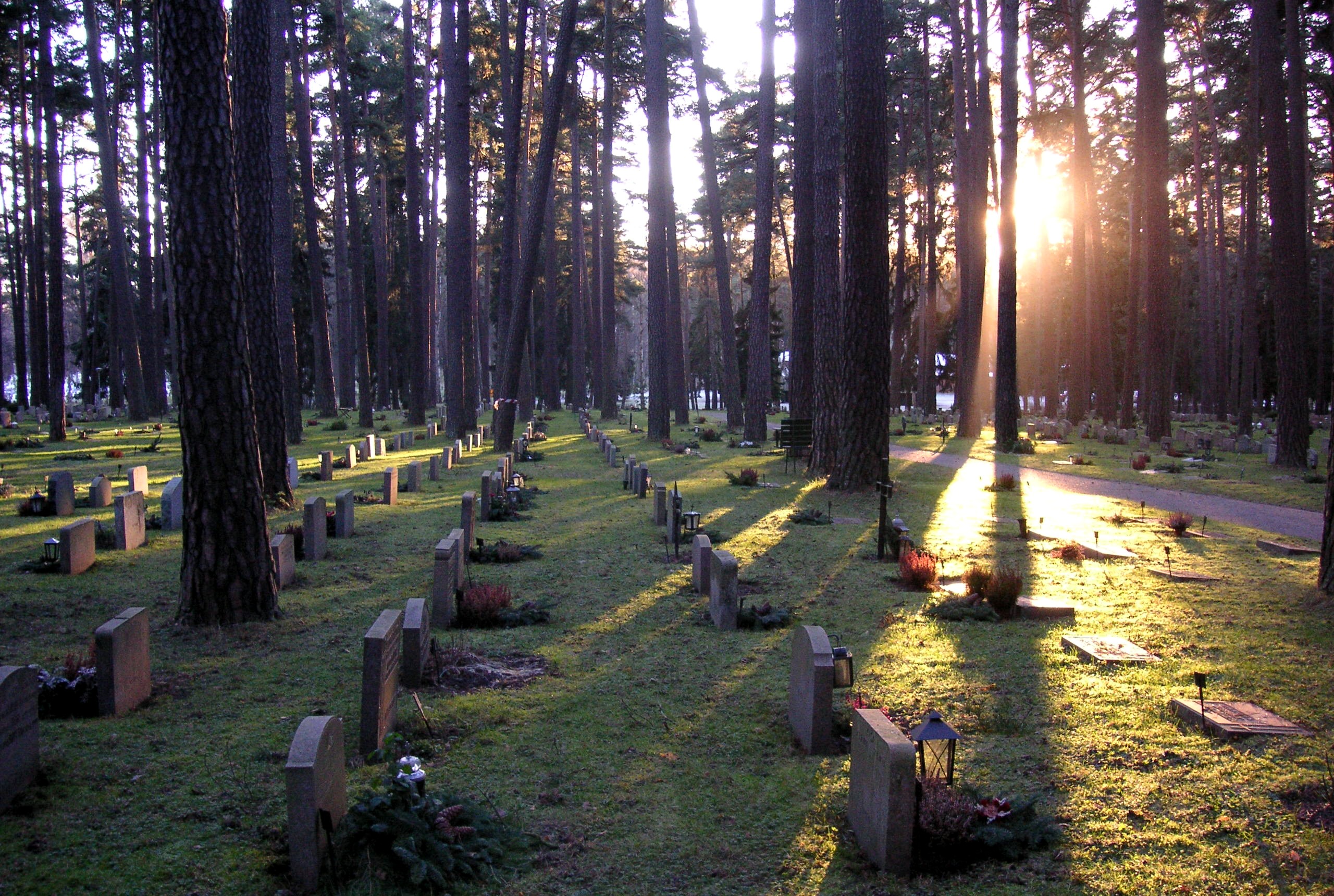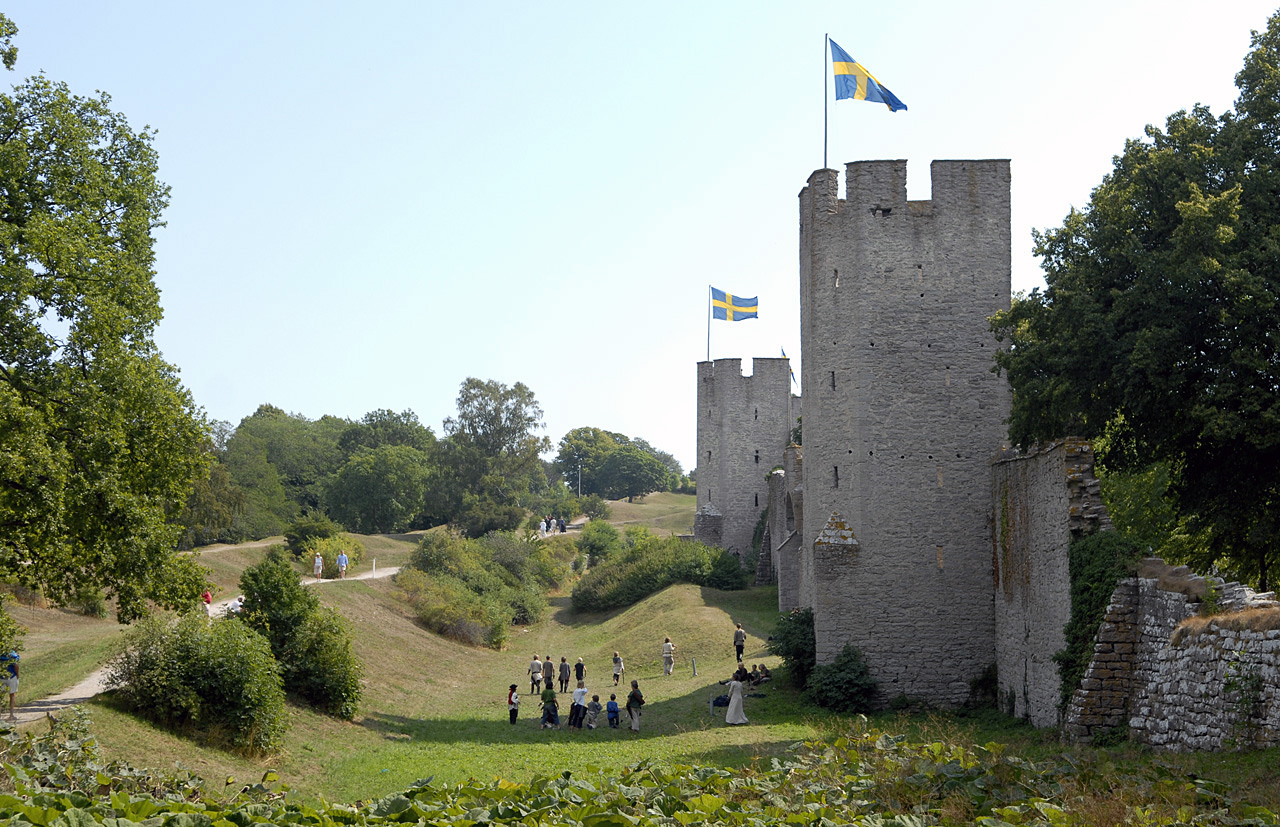Swedish News:
Assange's round-the-clock surveillance stopped. Sweden's World Heritage Sites. A Swedish prince is baptized.
-
 WikiLeaks founder Julian Assange is wanted for questioning in a sexual misconduct case in Sweden.
WikiLeaks founder Julian Assange is wanted for questioning in a sexual misconduct case in Sweden. -
-
Assange's round-the-clock surveillance stopped
British police have removed the 24/7 surveillance outside the Ecuadorean Embassy where WikiLeaks founder Julian Assange has been hiding for more than three years. Assange, 44, sought refuge there in June 2012 while facing extradition to Sweden for questioning about alleged sex crimes. The Metropolitan Police said it was no longer "proportionate" to keep up the costly operation when no resolution to the three-year stalemate is in sight, but Assange still faces arrest if he tries to leave the embassy. In August, Swedish prosecutors dropped cases of alleged sexual misconduct but still want to question him about accusations of rape. Assange denies all the allegations and believes extradition to Sweden is merely the first step in efforts to bring him to the U.S. over WikiLeaks' computer hacking secret-spilling activities. -
 Skogskyrkogården (Woodland Cemetery), outside Stockholm, has been a UNESCO World Heritage Site since 1994. Photo by Holger Ellgaard
Skogskyrkogården (Woodland Cemetery), outside Stockholm, has been a UNESCO World Heritage Site since 1994. Photo by Holger Ellgaard -
-
Sweden's World Heritage Sites
Among the eight Nordic and Baltic countries that UNESCO (United Nations Educational, Scientific and Cultural Organization) identifies as Northern Europe, Sweden has the most — 15 — World Heritage Sites. UNESCO World Heritage Sites are unique places that bear witness to the history of humanity and the world. They identify priceless locations, protecting and preserving them for the future. There are now 800 sites around the world, 36 of them in Northern Europe. The first sites from this region were inscribed in 1979, and each year, UNESCO's World Heritage Committee can inscribe new sites on the list, or delist sites that no longer meet the criteria. Selection is based on 10 criteria for cultural or natural heritage. In Sweden, the 15 locations include 13 cultural sites, one natural site and one mixed site. From farms and coastline to a church in Luleå and the mining area in Falun, sites have been identified in all parts of the country, including three in the Stockholm region — spots judged as "invaluable places that belong to all of humanity:" Birka, Drottningholm and Skogskyrkogården (Woodland Cemetery). -
 The World Heritage city Visby on the island Gotland is a must see. The narrow alleys, the ring wall and the old cathedral ruins bear witness to a historic time. Photo Bo Zaunders
The World Heritage city Visby on the island Gotland is a must see. The narrow alleys, the ring wall and the old cathedral ruins bear witness to a historic time. Photo Bo Zaunders -
A Swedish prince is baptized
H.R.H. Prince Nicolas Paul Gustaf was baptized on Sunday, October 11, 2015 in a splendid service attended by about 150 people in the Drottingholm Palace chapel. Prince Nicolas, who will be known as the Duke of Ångermanland, was born June 15 to Princess Madeleine and Christopher O'Neill. He is sixth in line to the Swedish throne after his sister, Princess Leonore; their mother is fourth. The baptism of royal Swedes has for centuries been considered a state ceremony, welcoming new Christians into the state church, according to the Order of the Swedish Church. In other royal traditions, the ceremony is often private, as new Christians are baptized into the worldwide Church. Archbishop Antje Jackelén officiated the ceremony, and six godparents, several government officials and other friends and family, including sister Leonore and cousin Estelle, were also there. The baptismal gown was first worn by the prince’s great grandfather, Gustaf Adolf, in 1906 — now total of 14 babies in four generations have worn it. And Nicolas is the second generation of a tradition started by his maternal grandparents: His baptismal water was obtained from a spring on Öland, an adaptation from a previous royal tradition that used water from the Jordan River. Following the service, Prince Nicolas’ parents and both sets of grandparents welcomed guests to a luncheon reception in Karl XI’s Gallery at Drottnignholm. -
-
